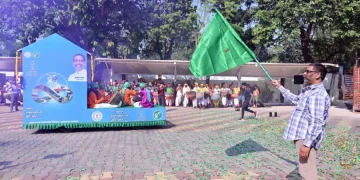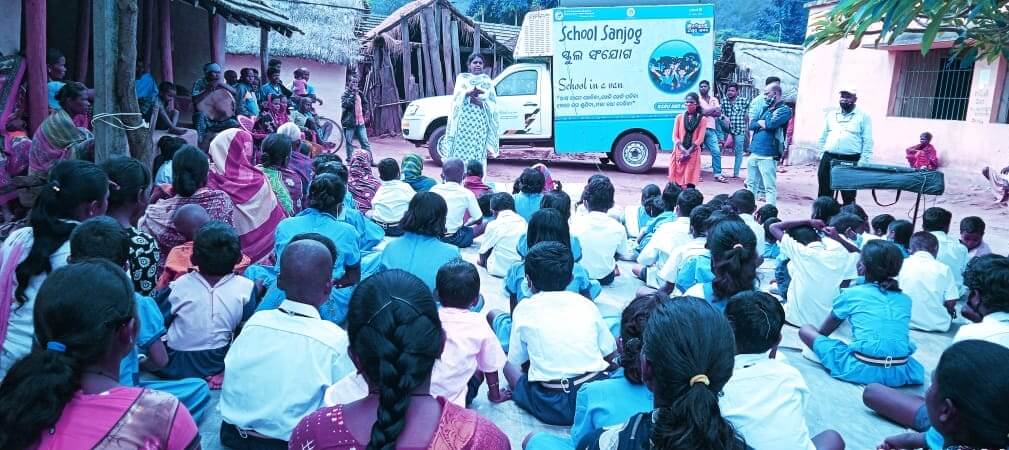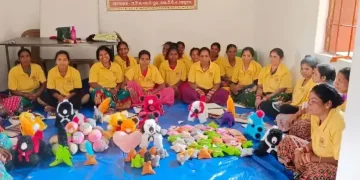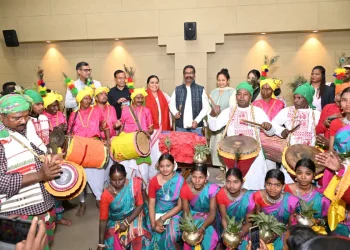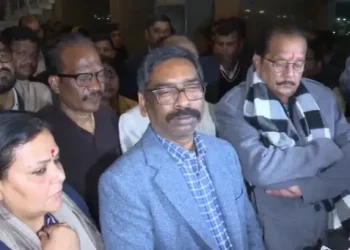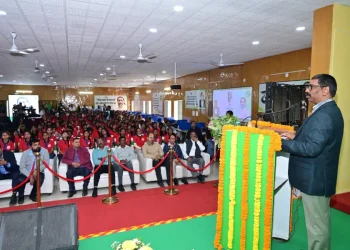The Covid-19 pandemic hit education particularly hard in areas where Odisha’s Particularly Vulnerable Tribal Groups (PVTG) such as Juang, Saura, Lodha and Bhuiya reside.
The Unicef, the State government and six NGOs then together begun the School Sanjog Programme (SSP) to restart and sustain basic education to PVTG children in 10 districts. The Unicef is providing Rs 40 lakh for the project.
“Before SSP’s suspension in January 2021 during the lockdown, we had roped in over 50,000 children in Classes I-V. We have covered another 15,000 after its resumption in April 2022,” Lalita Patnaik, who is education specialist for Unicef in Bhubaneswar, tells theindiantribal.com
Classes are held at designated Community Reading and Learning Centres (CRLC) arranged by the government. Some open spaces are also selected to teach the basics of mathematics, Odia and some fundamentals of English.
A similar state programme, ‘Mo School,’ was undertaken earlier at some sites, that have now been converted into CRLCs if they fall in PVTG areas.
How It Works
“Volunteers are equipped with books, drawing material, notes, audio-visual kits, games like Carom and Ludo,” says Blorin Mohanty, secretary of Bharat Gyan Vigyan Samiti (BGVS), which is one of the NGOs taking part in the SSP and operates in over 240 villages in six districts.
“They work in pairs and use a van to reach the CRLCs either in the evening or in the morning,” Mohanty explains. The teachers have also been known to use motorbikes where areas are inaccessible by van!
“We engage local volunteers as teachers because they can communicate easily with the children in their dialects,” says Kedarnath Aruk, secretary of Society for Tribal Affairs and Rehabilitation, an NGO which covers 10 villages in Kendujhar. The volunteers are given two days’ training.
Innovative Methods

The volunteers use several tricks to grab the children’s interest. “Volunteers engage the PVTG children through games, dance and music and get them into the classes,” says Mohanty of BGVS.
For example, schooling comprises three segments — a corner each for reading, science and sports — along with a hygiene and hand wash corner.
Children can read out stories in the first corner, take up mini experiments that help them understand scientific basics in the second, or play outdoor or indoor games in the third.
The hygiene corner is used for educating them through visuals, leaflets and posters, explains Gajapati’s BGVS coordinator, PK Das.
Post-pandemic Woes
Implementing SSP , however, turned out to be a tougher task than before. PVTG children, unused to classes, had forgotten everything that was taught to them before the pandemic because of the two-year gap.
Besides, they also feared to join the classes. “We had to counsel the parents to motivate their children,” says Arun Pradhan, secretary of NGO Sikshasandhan, which works in over 60 villages in Rayagada and Mayurbhanj.








